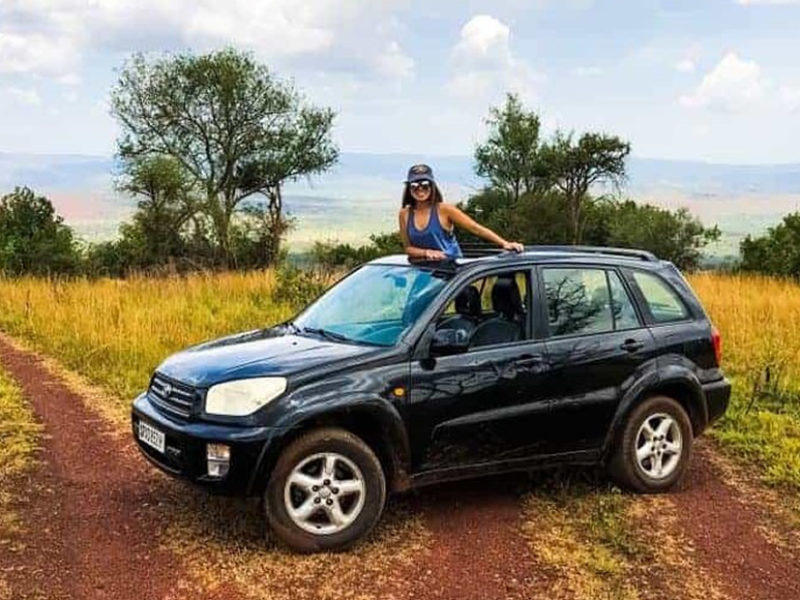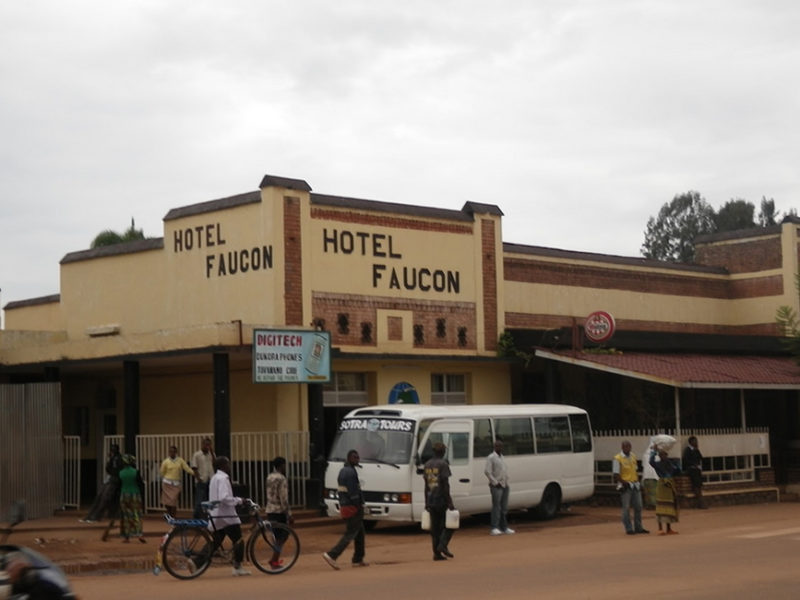
Best Time to Go Self Driving in Rwanda?
Rwanda, known as the “Land of a Thousand Hills,” offers a remarkable self-driving experience with its scenic landscapes, vibrant culture, and diverse attractions. The country’s well-maintained road network makes it ideal for exploring at your own pace, from the bustling streets of Kigali to the serene shores of Lake Kivu and the lush mountain forests home to gorillas. Let’s break it down in simple terms to help you choose the right time for your self-driving trip in Rwanda.
- Rwanda’s Climate
Rwanda has a temperate climate, which means it’s generally cooler than other East African countries. Its high elevation contributes to this, with Kigali, the capital, sitting at around 1,500 meters (4,900 feet) above sea level. Rwanda experiences two main seasons: the wet season and the dry season.
- Wet Season (Rainy Season): The wet season happens in two main periods: from March to May and from October to November. During these months, Rwanda gets a lot of rain, with March to May being the heaviest. It can rain almost every day, and sometimes it rains for hours at a time. The roads, especially the dirt roads in more rural areas, can become muddy and slippery. Some of the roads may even be difficult to drive on.
- Dry Season: The dry season is typically from June to September and December to February. During these months, there is less rain, and the weather is generally sunny and warm. This is the most popular time for tourists to visit because the roads are easier to drive on, and wildlife viewing is excellent since animals are more likely to gather around water sources.
- The Best Time for Self-Driving in Rwanda
The dry season is generally considered the best time for a self-driving trip in Rwanda. Here’s why:
- June to September: This is the longest dry season and the most popular time for tourists. The weather is pleasant, roads are in good condition, and wildlife is easier to spot since animals gather around water sources. It’s an ideal time for gorilla trekking and exploring Rwanda’s national parks.
- December to February: This shorter dry season is also a good time for travel. The roads remain accessible, and there’s less rain to disrupt your plans.
While the dry season is ideal, the rainy season has its own charm. The countryside becomes lush and green, and there are fewer tourists, offering a quieter experience. However, self-driving during this time can be challenging due to muddy roads, particularly in rural areas.
- Exploring Rwanda’s Attractions
A self-driving trip gives you the freedom to explore Rwanda’s diverse attractions at your own pace. Here are some highlights and what you can expect during different seasons:
- Kigali: Rwanda’s capital city is your starting point for any self-driving adventure. The city has well-paved roads and is easy to navigate.
- Dry Season: Enjoy clear views from Mount Kigali and visit the Kigali Genocide Memorial without worrying about rain.
- Rainy Season: The city remains accessible, but short rains may occasionally slow your exploration.
- Volcanoes National Park: Home to Rwanda’s famous mountain gorillas, this park is a must-visit destination.
- Dry Season: Gorilla trekking is easier, as trails are less slippery and weather conditions are favorable. It’s also the busiest time, so permits should be booked well in advance.
- Rainy Season: While trekking can be challenging due to muddy trails, the lush green landscape adds to the beauty of the experience. Gorilla permits may also be easier to secure during this time.
- Lake Kivu: This stunning lake along the border with the Democratic Republic of Congo is perfect for relaxation and water activities.
- Dry Season: Ideal for boat rides, kayaking, and exploring lakeside towns like Kibuye and Gisenyi.
- Rainy Season: The lake remains accessible, but you might encounter occasional rain showers.
- Nyungwe Forest National Park: A haven for birdwatchers and primate enthusiasts, Nyungwe is known for its canopy walk and chimpanzee trekking.
- Dry Season: Trails are easier to navigate, making it a great time for hikes and canopy walks.
- Rainy Season: The forest is even more vibrant, but trekking can be more challenging due to muddy trails.
- Akagera National Park: Rwanda’s only savannah park offers a classic African safari experience with its variety of wildlife, including lions, elephants, and giraffes.
- Dry Season: Wildlife is easier to spot, and the park’s dirt roads are more manageable.
- Rainy Season: The park is greener, but some roads may become difficult to drive on without a 4×4 vehicle.
- Tips for Driving in Rwanda
Whether you visit during the dry or wet season, here are some tips to make your self-driving trip in Rwanda smoother:
- Rent a 4×4 Vehicle: If you’re traveling during the rainy season or plan to visit remote areas, renting a 4×4 vehicle is highly recommended. It will make navigating the rough roads much easier and safer, especially in the mountains or rural regions.
- Prepare for Changes in Weather: Even in the dry season, the weather can change quickly, so it’s always a good idea to have a rain jacket or umbrella with you. In higher altitudes, the weather can be cooler, so pack accordingly.
- Plan Your Routes: Make sure you research the routes and road conditions before you set out. Some areas may be difficult to access during certain times of the year, so it’s best to check local conditions or ask locals for advice.
- Allow Extra Time: When self-driving in Rwanda, allow extra time to get from one place to another. Mountain roads and slower traffic can make travel times longer than expected.
Conclusion
The best time to go on a Rwanda Road Trip depends on what you’re looking for. For the best road conditions, wildlife viewing, and overall comfort, the dry season from June to September is the top choice. The wet season, while challenging, offers fewer crowds and lush landscapes, and if you don’t mind a bit of rain and mud, it can be a great time to visit. Consider the time of year that best matches your travel preferences, and make sure to prepare for the weather conditions.


